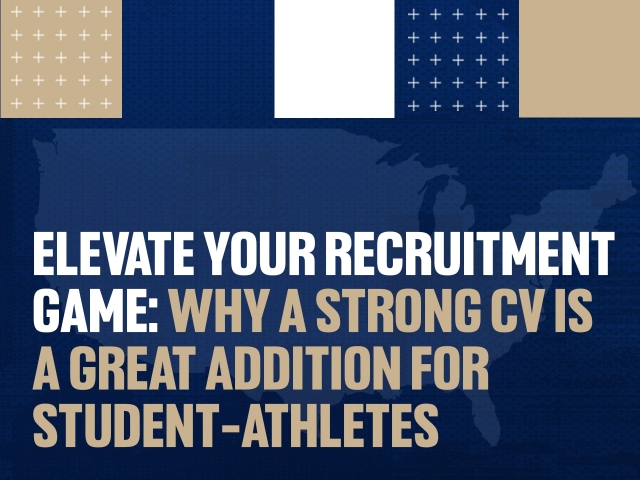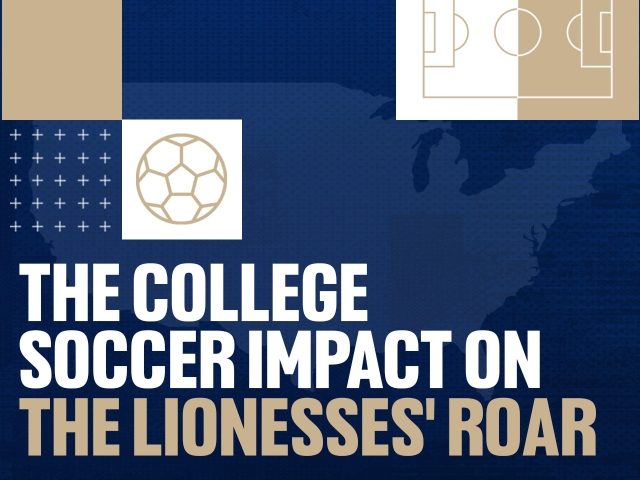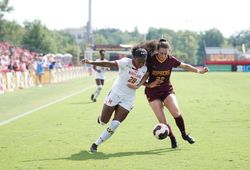Student-athletes would be allowed to transfer schools without restriction if their coach were fired or left for another job as part of sweeping proposal that is making its way through Division I. However, athletes would not be permitted to follow the departing coach to their new program.
The proposal, which originated from the Big 12, would also allow student-athletes to transfer without sitting out a season (as currently mandated by NCAA rules) in the event a postseason ban is handed down by the NCAA as punishment to their program.
The traditional academic "year in residence" for transfers in all other situations would still be in place and extended to every sport. Presently, that is only a requirement in five NCAA sports.
Changing the NCAA's entrenched transfer rules has become one of the most significant undertakings in the association's history.
Coaches have long been able to "block" where a transfer goes. Athletes also have to seek release from their scholarships to immediately get aid at another school. Frequently, they have to get "permission" from the school/coach to move on to their desired school.
Those practices would end if the aforementioned proposal is adopted.
The NCAA board of directors has essentially mandated Division I to change its transfer rules in the next year.
An ongoing Division I Transfer Working Group is expected to push forward one or two proposals for legislation by June. The question then would be the effective date -- in time for either the 2018 or 2019 football seasons.
Part of the proposal calls for uniformity. In the traditional transfer setting, student-athletes are required to sit out a year in only five sports: baseball, hockey, football and men's and women's basketball. Under the proposal, transfers in all sports would be required to sit out a year in the event of a traditional transfer. That means volleyball, softball, wrestling athletes and others used to immediate transfers would now have to sit out.
The possibility could suddenly exist that, in the same college career, a player could redshirt, transfer, sit out a year and transfer immediately. That player would not lose any of their four years of eligibility.
It could also create the possibility - though not likely - of a six- or seven-year player, something which is rarely seen today.




